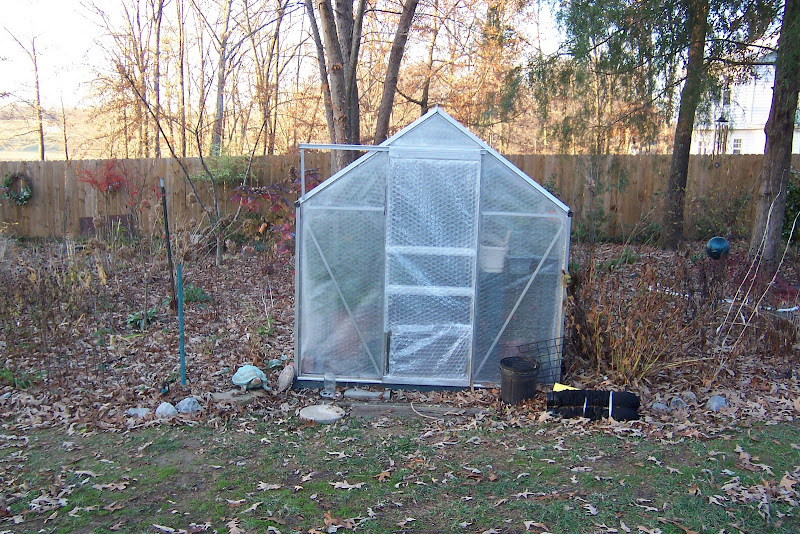 |
| From In the Garden |
As a child in the 60s, and the oldest of four girls I have some really great memories of Christmas. You see, my mother always went all out for Christmas and has continued to do so even to this day. She would put decorations on all the walls, in the bedrooms, on the kitchen counter, and even under the tree. My Velveteen Santa sat under our Christmas tree along with Mrs. Santa, and a most beautiful angel. I don't know where the plan started in my family but somehow the Santa became mine since I was the oldest and he of course had rank. Mrs. Santa belonged to my sister Dawn (the next oldest), and the angel belonged to the third girl in our family, Joanne. The youngest of us four girls did not get her own 'velveteen' Christmas character. Perhaps the stores stopped selling these characters in the late 1960s or perhaps my mother just couldn't find the perfect complement to the three characters we already had but my youngest sister was left out. I'm not really sure why we didn't have four but this I know, Santa, Mrs. Claus, and the Angel were the most loveliest things I ever saw on Christmas eve. They were a comforting presence and always happy and cheery. When I see my Santa I am taken back to the excitement of being a child and waking up to a bunch of presents and the love of my family.
A few years ago my mother went through her Christmas decorations and as a surprise she sent these characters to her three oldest girls (myself, Dawn, and Joanne). When I saw my Santa it was tears that came to me, along with happiness for the connection to my childhood and family. Today I share him with you and wonder if you all will recall your very own 'Velveteen Santa' for us during this Christmas week.
 |
| From In the Garden |
 |
| From In the Garden |
Additionally postings on Christmas decorations:
Barbara from Gardening in Mannheim Germany
I want to wish everyone a very happy holiday season spending time with family and enjoying those wonderful childhood traditions and memories that take you back....
in the garden....
I will see you all after the holidays sometime next year so in the meantime please do share your memories with us.
Happy Holidays to all of you from all of us here at In the Garden.
Words and Photos Property of In the Garden Blog Team,
In the Garden













